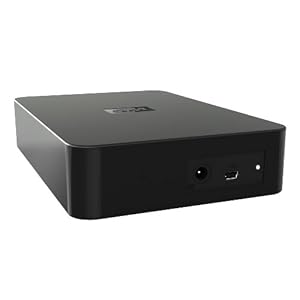Hard Drive History
The hard drive is an important part of contemporary day computing, because it allows for facts to be stored and then accessed at a later point. However, the contemporary day drive has its roots in technology that was industrialized over 50 years ago. The first drive was industrialized in 1956 and resembLED what would look like a contemporary day air conditioning unit. The units of yesterday had highly small storage capacities yet took up 100 times as much room. As technology evolved, the capacities of hard drives increased while they took up less and less space.
Hard Drive History

Hard Drive History
Hard Drive History
Hard Drive History
The Early Days
The first idea of a unit to store and receive data was imagined in 1953 by Engineers at Ibm. They recognized the need of a piece of hardware that could have high capacity, rapid entrance to the data, and be cheap to construct. The first technologies determined were wire matrices, rod arrays and even drum arrays. However, the disk drive was ultimately settLED on as the unit of option because of its ease of building and easy mechanics. The first drive was the Ibm 305 Ramac ideas which could store 4.4 megabytes at a cost of 0,000 in today's money.
1950s-1970s
The Ibm 350 disk file turned out to be a very big success for Ibm and the age of the hard drive was officially born. However, the performance of this first device was laughable in comparison to what the cheapest units can perform today. The Ibm 350 disk file was capable of accessing the facts in less than 1 second - in comparison approximately all hard drives in existence today can entrance facts in just a few milliseconds. However, entrance time soon decreased substantially and by 1961 the 4000 series disk drives were capable of an entrance time of just 50 ms. In 1973, Ibm introduced the Ibm 3340 disk drive. This was the first hard drive that made use of lubricated and low mass Media to ensure smooth performance and less maintenance.
The Personal Computer Era
When the personal computer revolution began in the 1980s, the former means of storing and retrieving data on a computer was via floppy disks. Thus, most personal computers lacked a hard drive because they were still too expensive to create and they couldn't compete with floppy disks in terms of pure storage capacity. However, by the late 1980s they were beginning to replace floppy disks as the former method of storage on personal computers. By the mid-1990s virtually all personal computers shipped with some type of internal drive because they were now much economy than floppy disks in terms of the number of storage available.
Present
After the hard drive became a staple in the personal computer manufactures in the early 1990s, they have prolonged to become faster, smaller, and with higher capacities. Hard drives are currently highly cheap and can store large amounts of information, some on the order of up to 5 terabytes of data. The future of the devices isn't clear, but most experts agree that they will be phased out and replaced with the much more technologically industrialized solid state drive. A solid state drive doesn't have involving parts and therefore has a longer lifespan and is easier to profess versus a normal hard drive.
Hard Drive History
No comments:
Post a Comment